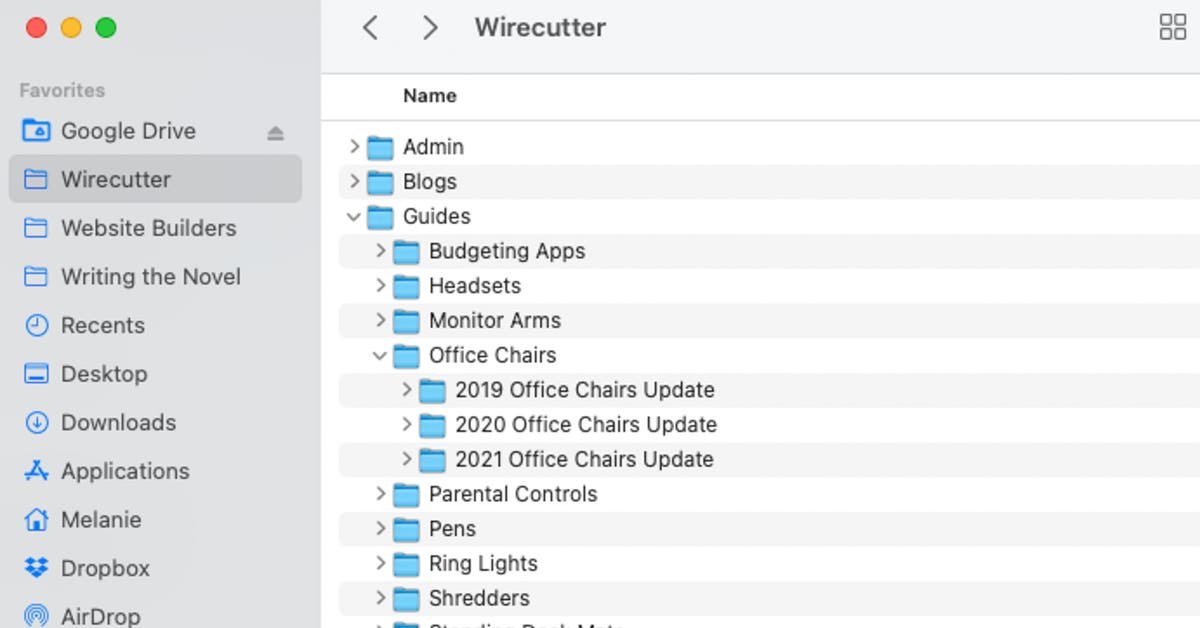The Best Way to Organize Your Digital Files for Maximum Efficiency
The Best Way to Organize Your Digital Files for Maximum Efficiency is a critical skill for navigating the modern digital landscape. Imagine effortlessly finding the exact document you need, eliminating hours spent searching through endless folders. This comprehensive guide offers practical steps to organize your digital files, tackling the common challenges of digital clutter and enhancing your overall productivity. We will explore various strategies for maximizing efficiency and discuss the importance of consistent file naming conventions and folder structures, and the role of cloud storage in this process. This article will outline a step-by-step approach, ensuring you can tailor a system to meet your specific needs.
1. Understanding the Importance of Efficient Digital File Management
1.1 The Impact of Digital Clutter
Digital clutter can significantly impact productivity. Imagine the frustration of spending hours searching for a crucial document or struggling to find a particular file. This wasted time often leads to missed deadlines, increased stress, and overall decreased efficiency. Studies have shown that inefficient file organization can decrease productivity by up to 20% in some work environments. To address this, a well-structured approach to file management is paramount.
1.2 Benefits of a Systematized Approach
A systematic approach to organizing digital files brings numerous benefits. It leads to faster retrieval times, reduces stress, and ensures quick access to critical information. This organized system also minimizes the risk of losing important data, enhances collaboration within teams, and fosters a more productive work environment.
1.3 The Power of a Consistent System
A consistent file management system is crucial for efficient access and retrieval. Establishing a set of rules, such as using standardized file naming conventions, ensures that files are easily categorized and retrieved. This predictability significantly reduces search time.
1.4 Choosing the Right Tools
Different people have different needs, and the most effective method for file organization will vary. Explore cloud storage solutions, file management software, and other tools available to enhance your workflow.
1.5 Implementing a Step-by-Step Approach
A step-by-step plan, tailored to your workflow and requirements, ensures a smooth transition to a more efficient file organization system. This structured approach maximizes the chances of lasting positive change.
2. Establishing a Robust Folder Structure
2.1 Creating a Hierarchy
A well-organized folder structure is the cornerstone of effective digital file management. Establish a clear hierarchy, categorizing files based on project, client, or date, depending on your specific workflow. This organizational framework is key to navigating large amounts of data easily.
2.2 Consistent Naming Conventions
Consistent naming conventions are vital. Employing clear, descriptive names helps you quickly locate files. Avoid abbreviations or unclear terms in file names, and favor descriptive phrases instead. For example, “Project-Alpha-Proposal-2024-Final” is better than “ProjAlphaProp2024Final”.
2.3 Sub-folders for Detail
Employ sub-folders to break down your large projects further into smaller, manageable categories. For example, within a “Project-Alpha” folder, you might have sub-folders for “Design”, “Development”, and “Marketing” documents.
2.4 Regularly Updating the Structure
Your folder structure needs to evolve with your projects and needs. Regularly review and update your structure to reflect changes in your workflow, ensuring continued efficiency. This could be done quarterly or even monthly, depending on how frequently your projects change.
2.5 Using Metadata Effectively
Consider utilizing metadata to add additional information to your files, including creators, dates, or keywords. This metadata will greatly help you categorize and retrieve files faster, improving efficiency.
3. Leveraging Cloud Storage Solutions
3.1 Cloud Storage as a Backup
Cloud storage services act as secure and readily accessible backup solutions. This is particularly crucial for preventing data loss due to unforeseen circumstances, such as hardware failures or accidental deletion.
3.2 Synchronization and Accessibility
Many cloud storage solutions offer seamless synchronization across devices, allowing you to access your files from anywhere with an internet connection. This ensures that your files are always current and available.
3.3 Collaboration Tools
Leverage cloud storage for collaborative projects by sharing files easily with colleagues or clients. This improves workflow efficiency and enhances teamwork.
3.4 Security Considerations
Choose cloud storage providers with robust security measures and encryption protocols to protect your sensitive data from unauthorized access. Review the provider’s terms of service and security policies.
3.5 Integration with Other Tools
Cloud storage solutions often integrate seamlessly with other productivity tools, such as email platforms or project management software, automating workflows and streamlining file sharing.
4. Employing File Management Software
4.1 Automation Features
Dedicated file management software often offers automation features that can save time and effort. Some programs automatically categorize files, enabling a more efficient workflow and reducing manual effort.
4.2 Advanced Search and Filtering
Powerful search and filtering options in dedicated software often allow for precise retrieval of files. This precision ensures you find the exact file you need quickly, improving efficiency.
4.3 Version Control Capabilities
Dedicated software offers version control, tracking changes to your documents and ensuring you always have access to previous versions. This enhances workflow management and reduces data loss.
4.4 Backup and Recovery Options
Many dedicated programs come with integrated backup and recovery options. These features provide an extra layer of security and ensure file safety in case of unforeseen issues.
4.5 Collaboration and Sharing Features
The software often has built-in features for sharing files with others, promoting teamwork and streamlining the flow of information.
Related Post : A Beginner’s Guide to Learning Python Programming
5. Maintaining File Integrity and Security
5.1 Regular Backups
Regular backups are crucial for data protection. Employ automatic backups or manual backups on a schedule to ensure your files are safe in case of unforeseen issues.
5.2 Access Control and Permissions
Implement access control and permissions to manage who can access specific files and folders, especially for sensitive data, protecting confidentiality.
5.3 Security Protocols
Understand and implement security protocols, such as password protection and encryption, to safeguard sensitive files from unauthorized access.
5.4 Regular Reviews and Audits
Regularly audit your file management system to identify areas for improvement and ensure it remains efficient and secure over time.
5.5 Data Loss Prevention
Implement data loss prevention measures to minimize the risk of accidental deletion or damage to critical files.
In conclusion, organizing your digital files effectively for maximum efficiency is crucial in today’s digital age. By following the strategies outlined above, you can significantly reduce stress, improve productivity, and save valuable time. Remember to choose a system that works best for your individual needs and workflow, and don’t hesitate to adapt and refine it over time. Ready to reclaim control of your digital world? Start organizing your files today and experience the benefits firsthand!
Share this content:














Post Comment